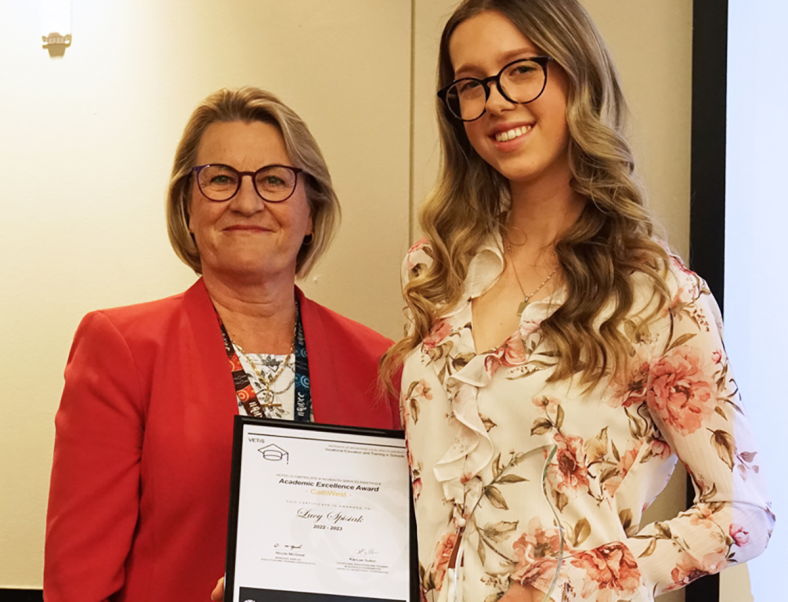The National Science Foundation has awarded $1.5 million to Cornell engineers and researchers to help them bridge New York’s digital divide by designing the nation’s first statewide Internet of Things public infrastructure.
Cornell faculty will collaborate with community partners around New York – through Cornell Cooperative Extension (CCE) in each county – to set up networks based on low-power wide-area network (LPWAN) technology, a form of low-frequency radio.
“We aim to create a public Internet of Things model that works here and then becomes replicable for other states,” said Max Zhang, professor in the Sibley School of Mechanical Engineering, the project’s principal investigator (PI). “We want to provide universal network coverage, ensure data privacy, promote responsible data-sharing, scale up successful Internet of Things implementations and spur technology innovation in underserved areas.”
The Internet of Things (IoT) refers to everyday items being connected digitally. For instance, Zhang said, an IoT-enabled home thermostat can be controlled from a smartphone via Wi-Fi connections.
A public LPWAN network targets long-range, low-power and low-bandwidth applications. Examples include utility companies reading meters from a distance, government agencies observing traffic remotely, and farmers using crop or livestock sensors in fields or barns. Towns can develop road and flood monitoring to protect civic infrastructure, providing vital real-time information via networked connections.
Rural areas long have been plagued by poor cellular connections and limited broadband access. Telecommunication companies are reluctant to invest in rural areas, citing high capital costs and few customers.
“Lack of access to networked technology contributes to social, educational, informational and economic disparities,” said co-PI Lee Humphreys, associate professor of communication in the College of Agriculture and Life Sciences (CALS). “An Internet of Things contributes to greater social and economic opportunities, such as for young students to complete school assignments based on web information or for households to pay bills electronically.”
Zhang and his team’s research was jump-started by a 2018 Academic Venture Fund seed grant from the Cornell Atkinson Center for Sustainability, and an accompanying grant from the Office of Engagement Initiatives (OEI), which supports undergraduate involvement in the community-engaged research. OEI also has awarded a grant for the team to design an IoT introductory course for spring semester 2021. The Atkinson funding helped CCE of Tompkins County set up a pilot, proof-of-concept Internet of Things.
In 2019, the county became the first community in the U.S. to provide its residents with free IoT access, according to Ken Schlather, executive director of CCE Tompkins, who will coordinate community engagement with every New York county.
Schlather reported energy cost savings of between 15% and 30% for the IoT-enabled commercial buildings involved in the pilot program, on par with results from other larger studies.
The NSF funding will help the Cornell researchers to scale the state’s municipal networks in an efficient manner.
According to Zhang, developing new networked technologies can leapfrog traditional wired broadband and create innovation.
“You need to create a reliable Internet of Things infrastructure to handle a digital world; otherwise you’re in a cyber desert,” he said. “This is an opportunity for rural communities. You cannot have a digital revolution in digital darkness.”
Other co-PIs on the grant are: Steve Wicker, professor of electrical and computer engineering, College of Engineering; David Shmoys, the Laibe/Acheson Professor of Business Management and Leadership Studies, School of Operations Research and Information Engineering; Rick Geddes, professor of policy analysis and management, College of Human Ecology; and David Kay, senior extension associate with the Community and Regional Development Institute, in the Department of Global Development (CALS).









